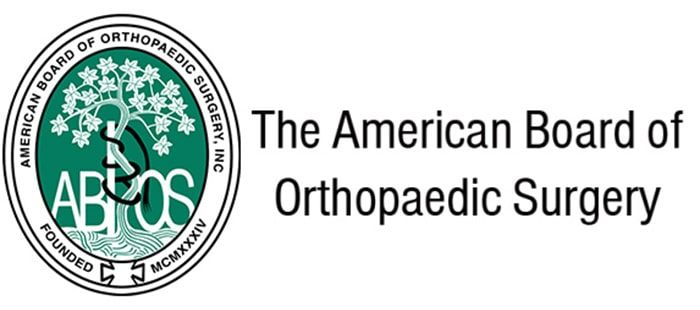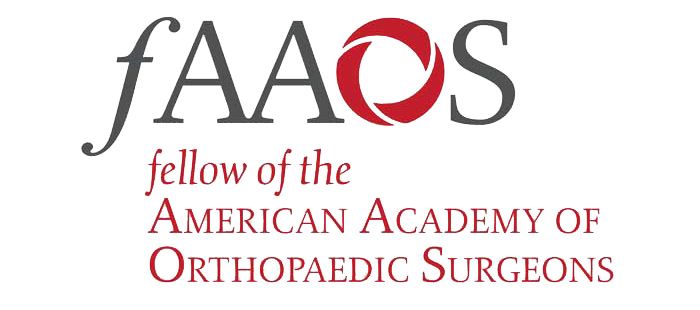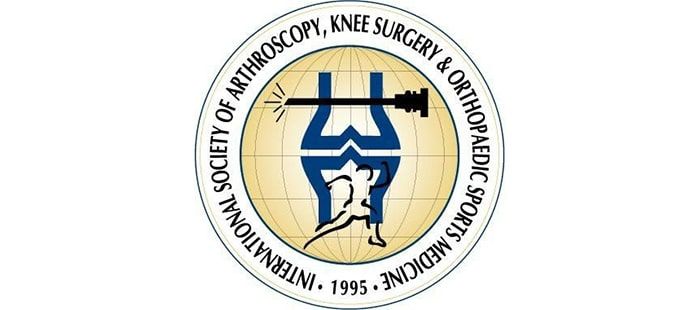Growing up involves a lot of movement—from running in playgrounds to participating in sports—and as children and adolescents grow, their bodies undergo significant changes. These periods of growth and activity increase the risk of orthopedic issues, making expert care essential for managing both injuries and developmental conditions. At Dearborn & Associates Institute for Joint Restoration, Dr. John Dearborn provides specialized orthopedic care tailored to the unique needs of children and adolescents in Fremont and Menlo Park, CA.
In this blog, we will explore common pediatric orthopedic conditions, signs that parents should watch for, and the advanced treatment options available at Dearborn & Associates.
Understanding Pediatric Orthopedic Conditions
The musculoskeletal system in children and adolescents is constantly developing, which means that orthopedic issues can differ greatly from those seen in adults. Bones, muscles, ligaments, and tendons grow rapidly during childhood and adolescence, but they are also more prone to injuries and certain developmental disorders.
1. Growth Plate Injuries
Growth plates are areas of soft, developing cartilage found at the ends of long bones in children and teens. These plates are responsible for bone growth, and when an injury occurs to a growth plate, it can affect the future development of the bone. Growth plate injuries most commonly occur in the arms, legs, and ankles and are often the result of sports-related accidents or falls.
Symptoms of a growth plate injury include pain, swelling, and difficulty moving the affected limb. If left untreated, these injuries can lead to permanent bone deformities or differences in limb length. Early diagnosis and treatment are crucial to ensure proper healing and continued bone development.
2. Scoliosis
Scoliosis is a condition that causes the spine to curve abnormally, often in an “S” or “C” shape. It most commonly appears during adolescence, particularly during growth spurts. While mild scoliosis may not cause any noticeable symptoms, more severe cases can lead to back pain, muscle fatigue, and changes in posture. In some instances, scoliosis may also cause breathing difficulties if the curvature impacts the ribcage.
Dr. Dearborn utilizes advanced imaging techniques, such as X-rays and MRIs, to diagnose scoliosis and assess the severity of the condition. For mild cases, regular monitoring and physical therapy may be sufficient, while more severe cases may require bracing or surgical intervention.
3. Osgood-Schlatter Disease
Osgood-Schlatter disease is a common cause of knee pain in growing adolescents, particularly those who are highly active in sports like basketball, soccer, or gymnastics. This condition occurs when the tendon that connects the kneecap to the shinbone becomes inflamed due to repetitive stress. It typically affects adolescents during periods of rapid growth, as the bones, muscles, and tendons do not always grow at the same rate.
Symptoms include pain and swelling just below the kneecap, especially during physical activity. While Osgood-Schlatter disease often resolves on its own as the child’s growth stabilizes, physical therapy and rest can help alleviate discomfort and prevent further complications.
4. Pediatric Fractures
Fractures (broken bones) are common in children due to their high levels of activity and developing bones. While children’s bones are more flexible and resilient than those of adults, they are also more prone to unique types of fractures, such as “greenstick” fractures, where the bone bends but doesn’t break completely.
At Dearborn & Associates, fractures are carefully assessed and treated based on their severity and location. In most cases, immobilization with a cast or brace is sufficient, but some fractures may require surgical intervention to ensure proper alignment and healing.
5. Developmental Dysplasia of the Hip (DDH)
Developmental dysplasia of the hip (DDH) is a condition where the hip joint does not develop properly in infants and young children. In DDH, the ball of the hip may be loose in the socket or dislocated altogether. Early detection of DDH is essential, as it can lead to problems with walking, pain, and osteoarthritis later in life if left untreated.
Dr. Dearborn works closely with parents and caregivers to diagnose DDH through physical exams and imaging. Treatment options for infants may include the use of a Pavlik harness to hold the hip in place while it develops, while older children may require surgical correction.
Signs Parents Should Watch For
While children may not always communicate their pain or discomfort clearly, there are several signs parents can watch for that may indicate an underlying orthopedic issue:
- Persistent pain in the joints, bones, or muscles, especially after physical activity.
- Difficulty walking or limping.
- Swelling or tenderness in the limbs.
- Changes in posture, such as uneven shoulders or hips.
- Reduced range of motion in the arms, legs, or back.
If you notice any of these symptoms in your child or adolescent, it is important to seek medical evaluation as soon as possible. Early intervention can prevent complications and ensure that your child receives the appropriate care.
Treatment Options for Pediatric Orthopedic Conditions
At Dearborn & Associates Institute for Joint Restoration, Dr. John Dearborn offers a variety of treatment options designed to address the unique needs of children and adolescents. From non-surgical approaches to advanced surgical techniques, every treatment plan is tailored to the individual child, ensuring the best possible outcomes.
1. Non-Surgical Treatments
Non-surgical options are often the first line of treatment for many pediatric orthopedic conditions. These treatments may include:
- Physical Therapy: Customized physical therapy programs help children strengthen muscles, improve flexibility, and enhance mobility. Physical therapy is especially beneficial for conditions such as scoliosis, Osgood-Schlatter disease, and mild fractures.
- Bracing: For conditions like scoliosis and growth plate injuries, bracing can provide the necessary support to promote proper healing and development.
- Medications: Anti-inflammatory medications may be prescribed to alleviate pain and reduce inflammation in conditions like Osgood-Schlatter disease or juvenile arthritis.
2. Surgical Interventions
In cases where non-surgical treatments are not effective or when the condition is more severe, surgical intervention may be necessary. Dr. Dearborn specializes in minimally invasive orthopedic surgery, which reduces recovery times and minimizes the risk of complications.
- Fracture Repair: Complex fractures may require surgical intervention to realign the bones and stabilize the joint. Dr. Dearborn utilizes advanced techniques to ensure proper healing and reduce the likelihood of long-term issues.
- Scoliosis Surgery: For severe cases of scoliosis, surgery may be necessary to correct the curvature and prevent further complications. This surgery involves the use of rods, screws, and other hardware to straighten the spine and promote stability.
Empowering Parents and Patients for Long-Term Success
At Dearborn & Associates, we believe that educating parents and young patients is key to successful outcomes. By understanding the nature of the orthopedic condition and the available treatment options, parents can make informed decisions about their child’s care. Dr. John Dearborn works closely with families to develop personalized treatment plans that prioritize the child’s health and well-being, ensuring that they can continue to grow and thrive.
If your child or adolescent is experiencing any orthopedic concerns, don’t hesitate to reach out to Dearborn & Associates Institute for Joint Restoration in Fremont or Menlo Park. We are here to provide the expert care and guidance your family needs to ensure a healthy and active future.
Sources:
Bissonnette, P. D., & Sullivan, J. A. (2006). Pediatric Growth Plate Injuries. Journal of Pediatric Orthopedics.
Newton, P. O., & Upasani, V. V. (2011). Surgical Management of Pediatric Scoliosis. Orthopedic Clinics of North America.
Waters, P. M., & Skaggs, D. L. (2001). Pediatric Fractures: Diagnosis and Management. Journal of Bone and Joint Surgery.




